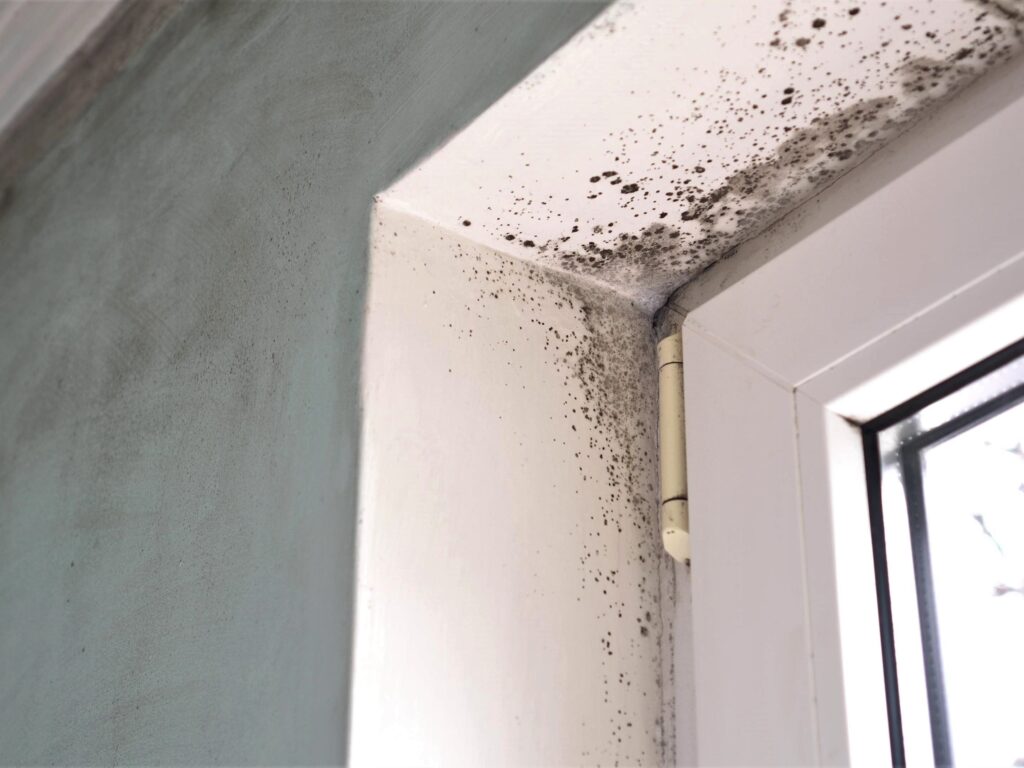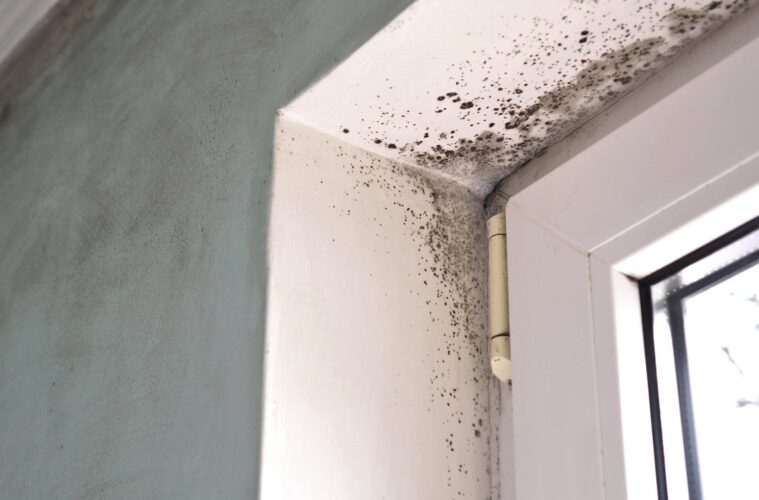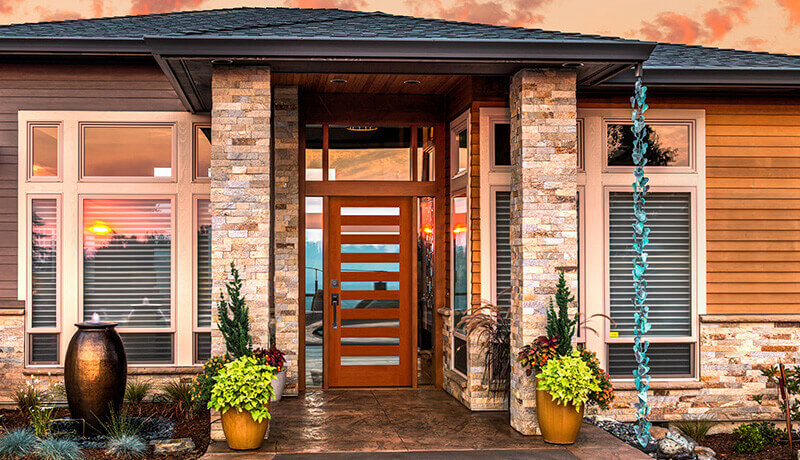Finding a mold at your place is alarming. While they look harmless, molds can cause a significant problem for buildings and occupants. Molds are greenish spots prevalent in damp corners, and they continuously spread, contaminating other surfaces and materials. But, you know that the case is worse when mold causes a foul smell and contaminates the air.
This makes you wonder if there’s a way to control black mold and prevent its threats to both the building and its dwellers.
A fungus present everywhere

source: adsttc.com
Mold is a fungus that can thrive everywhere, even in the air. Black mold, also known as Stachybotrys chartarum, is one species. Long exposure to black mold can be dangerous because black mold spores can cause allergic reactions.
Among the signs you should be careful of include vomiting, nausea, and bleeding in the nose and lungs. Mold poisoning also shows symptoms such as hives, chronic coughing, runny nose, skin rashes, and difficulty breathing. What’s worse is that prolonged exposure to mold can also make a person infertile.
Conducting mold removal at the initial stage of black mold’s growth is ideal. Mustiness is easier to remove than mold, which is the initial stage of the fungus. When the fungus becomes mold, it means it is already rooted. Fungi grow through spores, and they live on moist surfaces such as wood, fingerboards, drywall, and plasterboard.
Black mold is dangerous for babies and children

source: adsttc.com
Exposure to fungi is even more detrimental for babies and young children. According to research, mold exposure in children increases the chance of asthma. A document from the World Health Organization states that the worst effects of mold come from allergies, respiratory symptoms, asthma, and a disturbed immune system. Moreover, the report states that the best way to avoid the threats of black mold is to minimize or prevent persistent moisture and the growth of microorganisms inside a building.
Architects and their contribution to occupant’s safety

source: verywellhealth.com
Architects play an important role in keeping dwellers healthy and safe as they design the structure of the building. In some cases, they supervise the waterproofing, depending on the contract. They make sure that the process is properly executed, especially when waterproofing walls and roofs using suitable products.
Adequate ventilation and sunshine is also the safest, easiest, and cheapest solution to control the humidity inside a building. Architects can suggest ways to make a home mold-free, such as:
- Installing continuous water and air resistive barrier
- Keeping the sheathing layer above the dew point
- Installing walls and roofs that can dry out on their own
- Strategically placing a barrier to prevent moisture migration
It is best to conduct quarterly inspections for mold, covering all spaces in your building where water is present. When there are signs of moisture, know where it is coming from and where it will go. Also, evaluate if the building materials need replacement.
A dry facility prevents and eventually eradicates mold growth. Aside from that, it creates an environment where dwellers can enjoy healthy air and clean surfaces. Without the presence of mold, a building is more durable, and there will be fewer to no maintenance problems.



